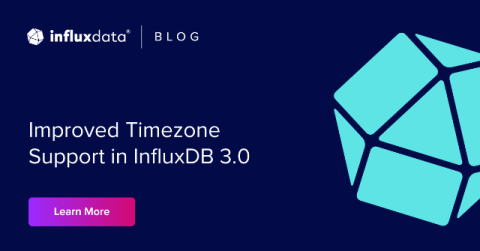Public vs. Private Status Pages: Choose wisely
In today’s digital-first world, communication during outages, incidents, and maintenance is essential for building trust and maintaining transparency with users. That’s where status pages come in—they’re a simple yet powerful way to keep your users informed about the state of your service. But not all status pages serve the same purpose. Businesses can choose between public and private status pages, each offering unique advantages depending on your needs.











